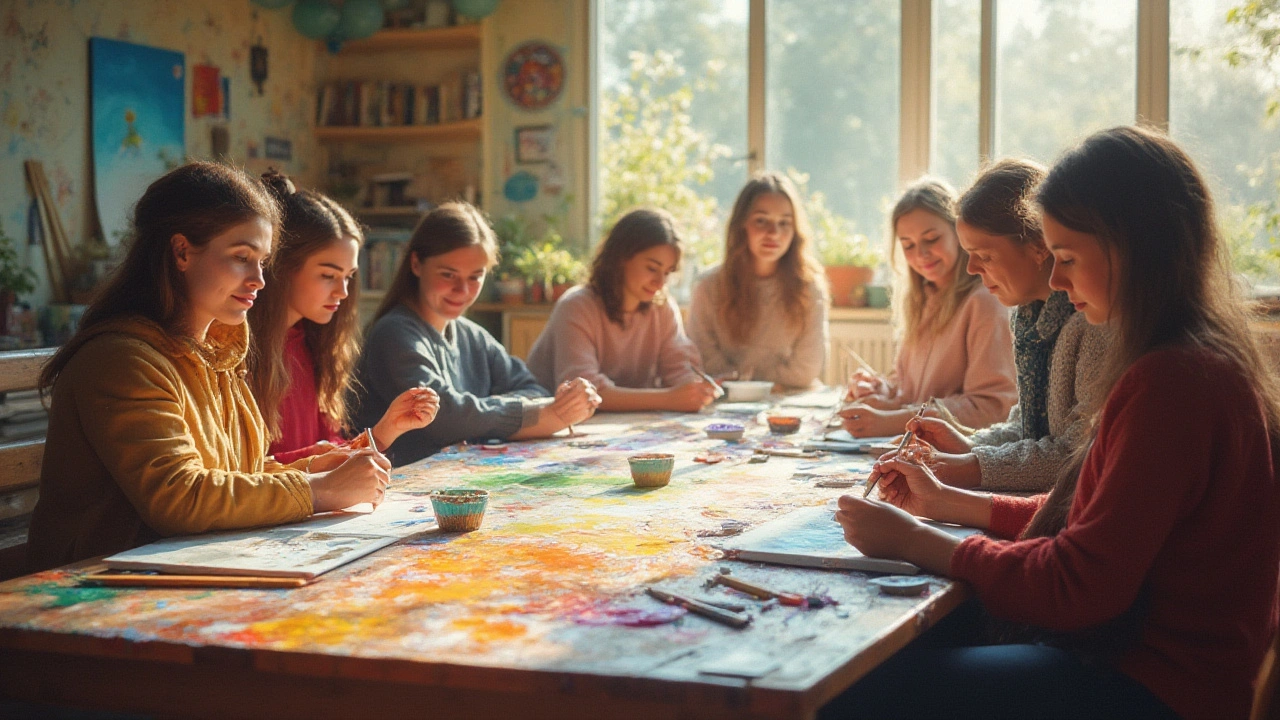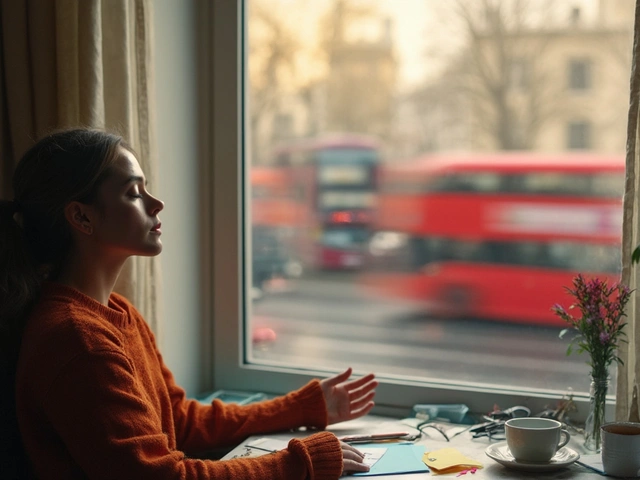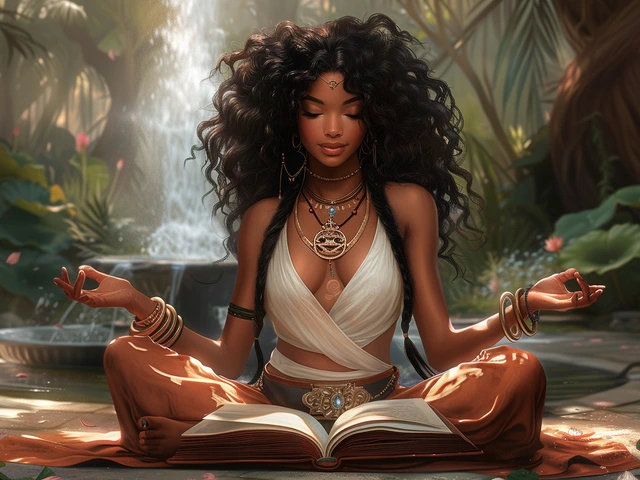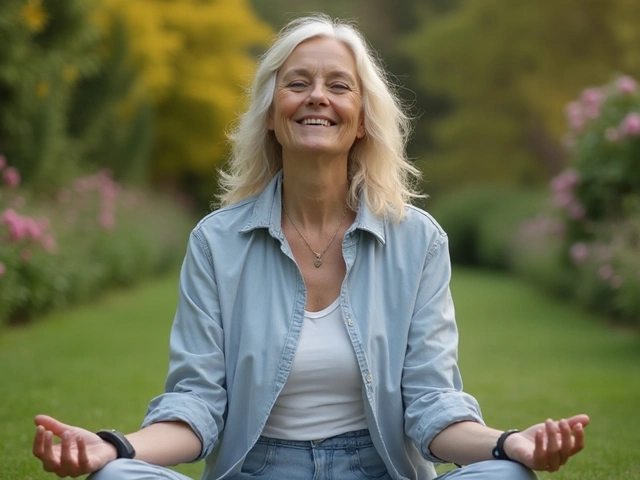Picture a room where colors, sounds, and stories do more than decorate the walls—they help people heal. It may sound magical, but that’s the everyday reality for those diving into creative arts therapies. Across the world, paintbrushes, guitars, clay, movement, and storytelling aren't just about making pretty things. They're main tools in a full-blown path to better mental and physical health. Here’s the twist—not just kids coloring away in hospital wards, but adults too, including veterans, trauma survivors, and stressed-out professionals, are getting in on the action. Accredited professionals guide them, but the magic happens in the messy making, not just the talking.
What Are Creative Arts Therapies and How Do They Work?
Creative arts therapies cover a handful of practices—art therapy, music therapy, dance/movement therapy, drama therapy, and even poetry therapy. Each offers a way for people to express what words sometimes can’t capture. Instead of burying feelings or thoughts, it draws them out one color, sound, or move at a time. Imagine someone struggling with anxiety. Sure, talking is great, but a counselor who gives them blank paper, pastels, and permission to scribble what worry feels like gets deeper than simple words. Art can break down the tightest emotional walls. Music does it too. A 2023 report from the American Music Therapy Association highlighted, “Music therapy reduced anxiety levels by 34% in hospitalized patients during the pandemic.” That’s not small stuff when day-to-day worries threaten to take over.
But what makes it tick? Let’s dig in. These therapies tap into the brain’s ability to rewire itself—scientists call this neuroplasticity. When people create something new, different parts of the brain light up. For example, someone who’s painting a traumatic memory isn’t stuck in fight-or-flight mode. Instead, they’re processing, reframing, and letting themselves look at pain from a safe distance. Plus, it’s non-verbal, so folks who can’t or won’t talk (kids, some trauma survivors, or anyone struggling with words) aren’t stuck on the sidelines. The process can lower blood pressure, decrease stress hormones, and boost happy brain chemicals. That’s not just a theory—studies back it up. Take Johns Hopkins' research: adults engaging in just 45 minutes of creative activity experienced significant drops in cortisol, the stress hormone.
What counts as creative arts therapy isn’t just dancing or painting on your own. Certified therapists tailor activities for each individual or group, setting goals like handling anger, overcoming grief, or just finding the courage to socialize. No fancy skills required—it’s about the doing, not the perfect result. Here’s a fun twist: in some hospitals, nurses use portable music devices or “art carts” so even bedridden patients don’t miss out. The approach spreads far beyond sterile hospital walls. Schools, addiction centers, and veteran clinics run creative arts therapy groups daily. Here’s a handy fact: the Department of Veterans Affairs strongly supports these programs, reporting that among over 20,000 veterans who tried art therapy in 2022, 78% saw improvements in mood and coping skills.
There’s heart in the science, too. Art helps people “speak” about tough things. For a kid who saw domestic violence, picking up crayons and drawing a safe place lets them express hope quietly. A veteran struggling with PTSD might express pain through drumming or sculpture more easily than talking about it in a group. Therapists watch, listen, and gently guide. Remember—no talent needed, just willingness to try.
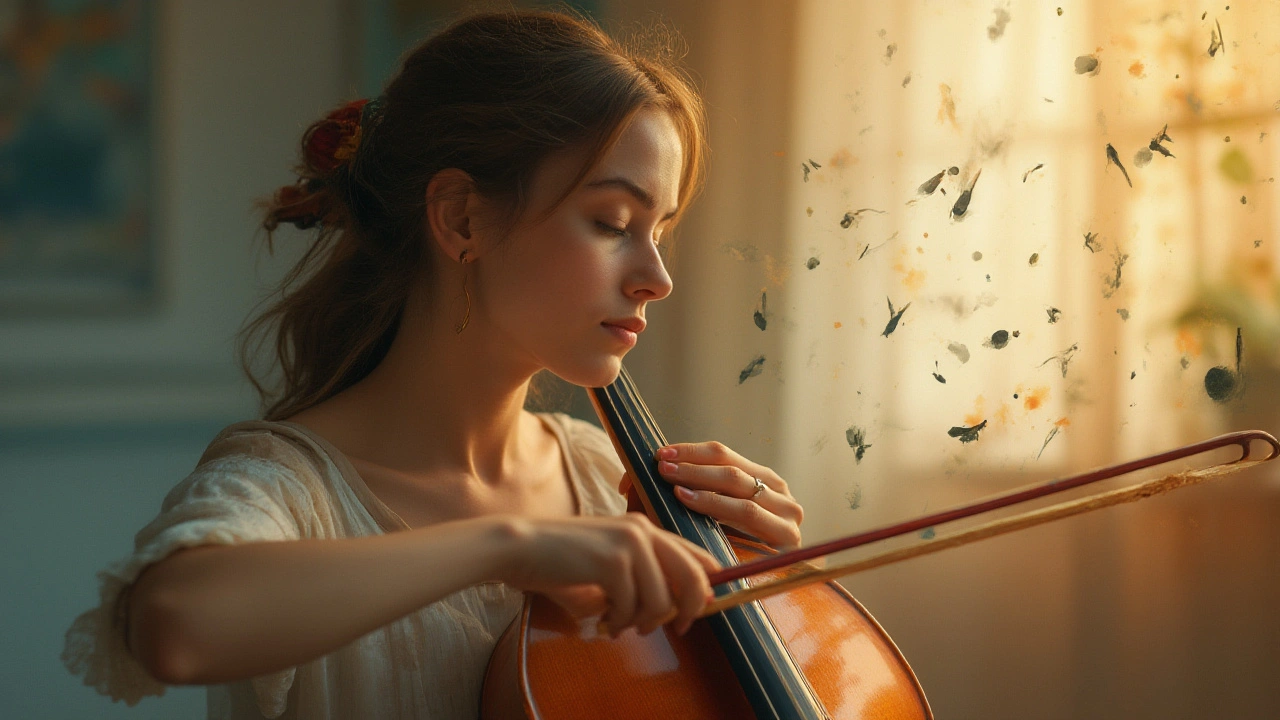
The Remarkable Benefits: From Stress Relief to Self-Discovery
Let’s get real—daily life is overwhelming sometimes. Creative arts therapies don’t “cure” problems magically, but the benefits stretch wider than most people imagine. Stress relief is an obvious one. Drawing, singing, or acting out tough moments releases bottled-up feelings. But it’s not just about surviving another rough day. It’s about genuinely improving how someone feels, thinks, and relates to others.
Mood booster? Absolutely. A study out of Drexel University found that people who made art for just 20 minutes had noticeably higher levels of dopamine—the “feel good” chemical—compared to those who just sat quietly. That’s why art therapy programs are popping up everywhere from corporate wellness retreats to elder care centers. Social connection matters too. In music and drama groups, shyer folks often open up and form genuine connections with others. Art can create little “tribes” of understanding, helping lonely people feel seen and heard.
Personal growth sneaks in as another big benefit. Creative arts therapies let folks experiment with new roles, try out different stories, and practice being brave. In drama therapy, acting out stressful situations in a safe space can shrink old fears, paving the way for better habits in the real world. In dance and movement therapy, people connect with their bodies, sometimes for the first time in years. This isn’t just about flexibility. It helps trauma survivors reclaim parts of themselves lost to injury or fear.
Physical health gets a boost, too. Art therapy isn't just “all in your head.” Studies like a 2022 report from the American Cancer Society have shown that cancer patients who participated in music or visual arts therapy not only felt happier, but also needed fewer pain meds and healed faster after surgery. A Harvard Medical School study found that chronic pain patients reported less discomfort and greater mobility after guided movement or music sessions. Why? Art distracts, calms, and empowers people to reframe physical sensations, taking the edge off suffering.
Creative arts therapies let people step outside their usual roles. That’s especially helpful for folks feeling “sick” or “broken.” Making something beautiful, even for a moment, helps people see themselves with new eyes. And it’s not just therapy by the book. One parent of a child with ADHD said, “We saw our daughter focus and sit calmly for an entire hour—just by letting her paint without rules for once.” That’s not just feeling better. That’s a game changer for families. For people dealing with loss, art or music provides a way to honor memories and process grief without pressure to “move on.” It’s a slow, gentle way to heal.
"Art washes away from the soul the dust of everyday life." — Pablo Picasso
People usually ask: “What sort of art counts?” The answer: anything goes. Some folks find deep release coloring intricate mandalas, while others belt out tunes in a group, dance in a community center, or build paper collages that tell a secret story. You don’t need to spend money on fancy supplies. Some therapists swear by using magazine cutouts, pencils, or recycled scraps at first. The science is clear: it’s the process, not the product, that heals. That said, seeing progress—a finished painting or a song recorded—boosts pride and motivation to keep going.
Below is a table with some compelling data from recent years, showing where creative arts therapies really shine:
| Therapy Type | Main Benefit | Notable Stat (2022-2024) |
|---|---|---|
| Art Therapy | Stress Reduction | Cortisol down by 40% in hospital patients |
| Music Therapy | Mood/Motivation | 34% reduction in anxiety for cancer patients |
| Drama Therapy | Social Skills | 60% of adolescent participants improved peer relationships |
| Dance/Movement Therapy | Body Awareness/Trauma Relief | 76% of participants gained confidence |
| Poetry Therapy | Grief Processing | Reported 52% reduction in symptoms of depression |
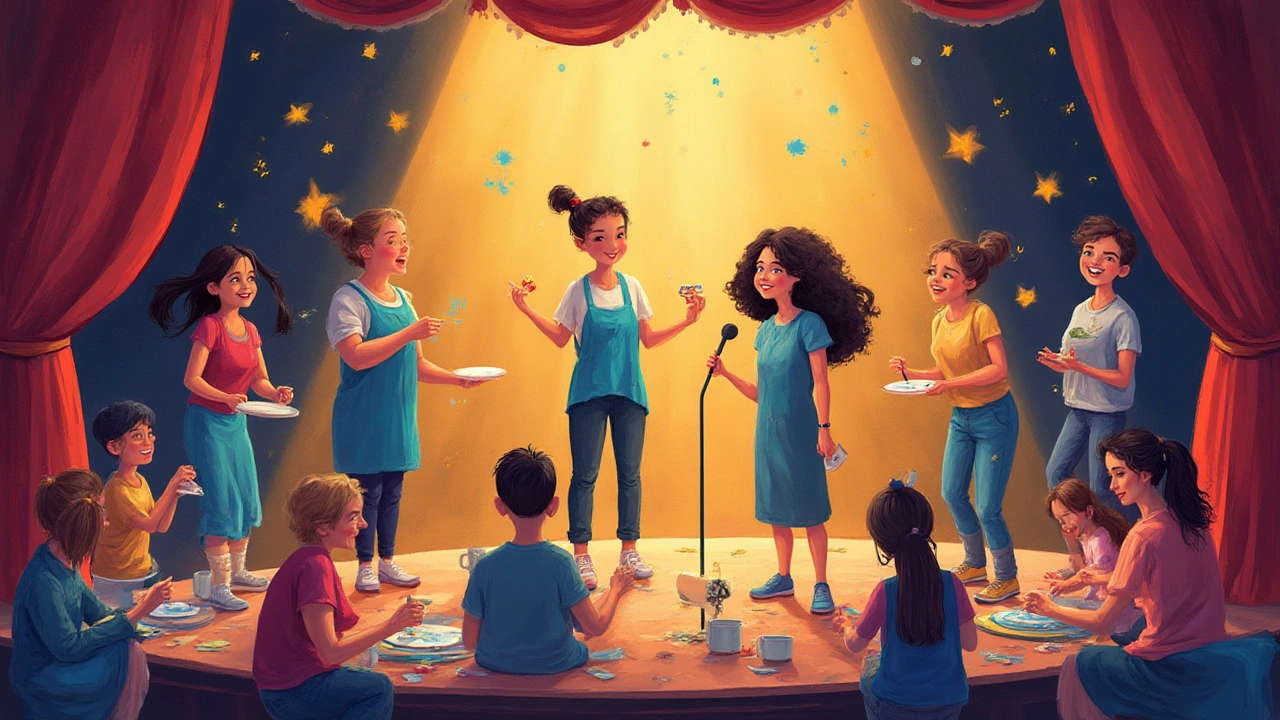
How to Get Started: Tips for Trying Creative Arts Therapies
Maybe you’re interested, but you’re silently thinking, “I’m not an artist/actor/musician.” Good news—you don’t need to be. Everyone can benefit from creative arts therapy, even if you’ve never painted or sung a note. The best way to start? Get curious, not judgmental. Plenty of certified therapists run intro sessions, both in person and online, with zero expectations about talent or experience.
If you want to dip a toe in at home, try this: set a timer for 15-20 minutes and just draw, move, write, or make music about the day’s biggest feeling. Don’t aim for pretty or perfect; focus on how you feel during and after. That little experiment can reveal what therapy style clicks best. For those ready to take it further, here’s a simple roadmap:
- Find your modality: Does music move you? Are you curious about painting, movement, or poetry? Start with what feels safe or sparks interest.
- Look for a professional: Search the American Art Therapy Association’s directory or the National Association for Drama Therapy for legit, board-certified therapists. Check reviews, and don’t be shy about asking questions in advance.
- Join a group if you prefer social settings: Many community centers, hospitals, and support groups offer regular creative arts therapy workshops. You can check local listings or social media pages.
- Give it a few tries before judging: The first session might feel awkward or strange. Stick with it long enough to get past the “this is weird” stage.
- Journal your reactions: After each session, jot down what surprised you—pleasant or not. Tracking changes over time can be super eye-opening.
- Mix it up: If painting doesn’t call to you, try drumming, storytelling, or gentle stretching set to music. Therapy isn’t one-size-fits-all.
Parents: schools often run creative arts programs for kids who struggle with social skills, grief, or learning challenges. Don’t hesitate to ask a school counselor what's available. Many after-school programs have certified professionals on staff. Teens and young adults skeptical of talk therapy often find music or drama therapy less intimidating, too. For seniors, adult day programs or even online music and painting classes can reawaken curiosity and joy that gets lost in daily routines.
Now, a word about expectations. Creative arts therapies can work wonders, but progress might feel slow or uneven. Patience is key. The unpredictability of real life means that things like grief, pain, or trauma don’t follow tidy timelines—but being creative together helps soften those harsh edges. The American Psychological Association notes, “Participants in arts-based therapies often report transformative change, feeling empowered to navigate life’s toughest challenges in new ways.” That’s the actual heart of it.
Looking ahead, creative arts therapies are only getting more popular and better understood. Hospitals now use digital art tables for bedbound patients; therapists offer virtual art and music sessions. Insurance coverage is expanding. And the stigma of seeking help? It’s fading fast, replaced by curiosity and word-of-mouth buzz about genuine results. You never forget your first “aha” moment drawing, moving, or making music in a group—or the relief of saying something important, without saying a word.
So, next time you see an art kit, a poem, or a drum circle, don’t pass by. The path to healing could be as close as your next creative move.
